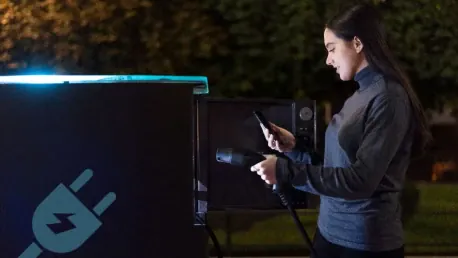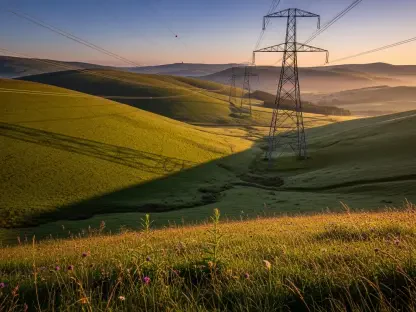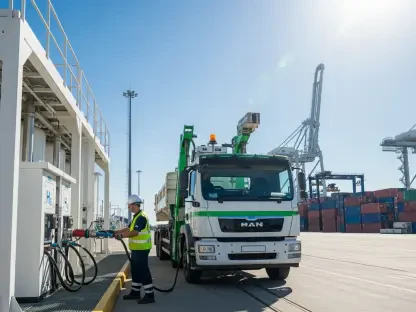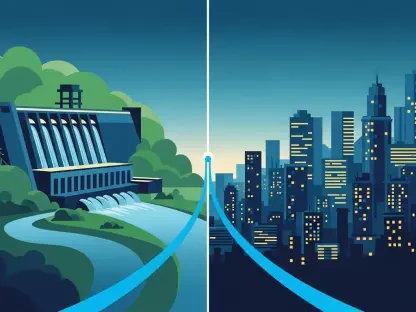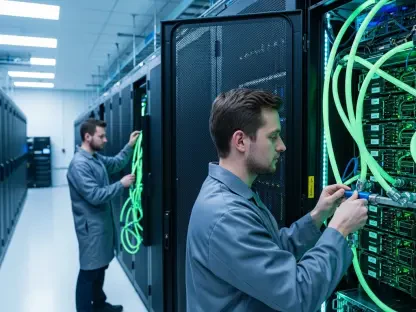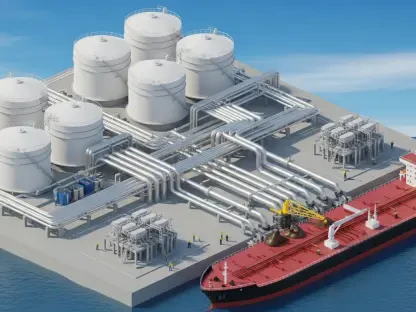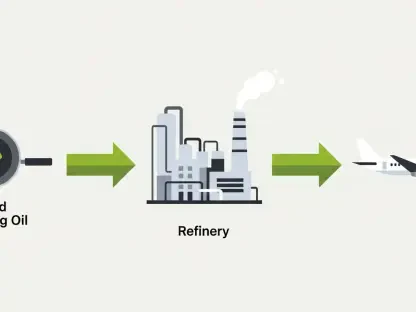In recent years, Iowa has seen an encouraging rise in electric vehicle (EV) adoption, marking a crucial stride towards adopting renewable transportation methods. However, despite this uptick in EV sales, the state faces significant challenges in developing its charging infrastructure. This disparity presents a complex narrative of progress and obstacles, underscored by efforts from the federal and state governments, local entities, and the EV drivers themselves.
Government Efforts and Federal Funding
The Biden administration has taken significant steps to address the EV infrastructure gap through the Bipartisan Infrastructure Law. Passed in 2021, the law allocated $7.5 billion over five years to add charging stations nationwide, aiming to establish 500,000 stations by 2030. Of this amount, $5 billion was designated for state-level distributions, with Iowa receiving $51 million.
One of the significant milestones for Iowa was the closure of application windows for the first tranche of funds intended to build stations along four major interstates—Interstates 80, 380, 35, and 29. According to Garrett Pedersen, director of the systems planning bureau at the Iowa Department of Transportation (IDOT), the state received 80 applications in total. These applications are now under rigorous review to determine their alignment with federal criteria, including specific technical requirements.
The first round of funding anticipates awarding between $20 million and $30 million, with results expected by late summer after a thorough evaluation process. Considering this timeline, the construction of new stations likely won’t begin until the following year, implying that better infrastructure could still be a year away for many Iowans. Nevertheless, these efforts mark the beginning of a transformative journey towards enhanced EV infrastructure in the state.
Federal Funding Allocation Criteria
The funding allocation mandates that charging stations must feature at least four 150-kilowatt ports and be no more than 50 miles apart along federally designated Alternative Fuel Corridors. For Iowa, these corridors include the previously mentioned interstates. Currently, only four to six stations in the state meet these stringent criteria.
There is optimism about the range of proposals, particularly for Interstate 80, which garnered the highest number of applications given its extensive length. Many proposals center around existing filling stations, convenience stores, and hotels, providing strategic locations that cater to drivers’ needs. Pedersen highlighted that while there is good coverage, each application still requires a meticulous review process to ensure responsiveness and compliance with federal guidelines.
Given this ambitious and structured approach, Iowa aims to strategically deploy charging stations that not only meet federal stipulations but also cater to the increasing number of EV drivers. This forward-thinking strategy underscores the importance of planning and cooperation in establishing a robust EV charging network.
State-Specific Plans
According to Iowa’s Electric Vehicle Infrastructure Deployment Plan, the state has earmarked 16 priority zones along the fuel corridors, with a focus on areas between Iowa City and Davenport along I-380 and I-80. Should Iowa meet all federal criteria for building stations, any remaining funds can be used to develop infrastructure in other parts of the state. Up to three rounds of funding are expected, further highlighting the ongoing nature of this initiative.
Local governments and planning organizations in Eastern Iowa have been particularly proactive in increasing EV infrastructure. For instance, Iowa City’s goal of maintaining 400 to 450 charging ports per million population was surpassed when the city reached 64 charging points, translating to 386 points per million. The city has now shifted its focus towards providing grants to facilitate the installation of charging stations in residential areas such as apartments and condominiums.
Similarly, Cedar Rapids has doubled its number of charging points from 26 to 52 following an increased focus on EV infrastructure development. New locations are set to open as part of broader urban development projects. The Quad Cities area has also displayed considerable growth; for instance, Davenport increased its charging points from 11 to 34. These local efforts are instrumental in bridging the gap between current infrastructure shortcomings and the anticipated demand for EV charging stations.
Individual Experiences and Challenges
Mike Carberry, an environmentalist who recently purchased a Chevy Bolt, offered first-hand experiences regarding the challenges of finding charging stations, particularly in smaller Iowa communities. Carberry has encountered difficulties in places like Independence, Iowa, a location that may not even have a single public charger in the entire county.
This lack of sufficient charging infrastructure is a primary factor that deters prospective buyers from investing in EVs. The hesitation is worsened by concerns over extended recharge times, the high cost of purchasing EVs, and ‘range anxiety,’ which is the fear that a car’s battery may deplete before reaching a charging station. Such anxieties underscore the urgent need for a more comprehensive and reliable charging network.
Despite individual drivers’ endeavors to navigate these challenges, the slow growth of charging infrastructure remains a significant hurdle. Their experiences highlight the real-world implications of infrastructure shortcomings and underscore the importance of accelerating the pace of development to match EV adoption rates.
EV Growth Statistics
Despite the hurdles, EV registrations in Iowa show promising growth. According to data from the Iowa Department of Transportation (IDOT), the number of registered EVs, including hybrids, rose from 12,805 in July to 15,159 by the end of the year, marking a growth rate of 18%. Similarly, the number of public charging stations grew by about 20% during the same period, although this rate still lags behind the rate of EV registrations.
A report from the Alliance for Automotive Innovation revealed that both EV sales and public charging locations have increased between the first and second quarters of 2024. Specifically, EVs represented 3.65% of new light-duty vehicle sales in Q2, compared to 3.2% in Q1. By mid-2024, Iowa had 15,816 EVs on the road and 886 public charging outlets, equating to a ratio of 18 EVs per public port. Additionally, the state had 352 high-speed Direct-Current Fast Charging (DCFC) stations.
Debra Arp from the Iowa Department of Transportation pointed out the significant yet burgeoning growth of EV adoption in a state traditionally dominated by conventional vehicles. While the increased registration numbers are encouraging, they also emphasize the urgent need for a more extensive and accessible charging network to support the growing number of EVs on the road.
Future Steps and Developments
In recent years, Iowa has experienced a promising rise in the adoption of electric vehicles (EVs), marking an essential move towards embracing renewable transportation methods. This surge in EV sales is a positive trend, demonstrating the state’s commitment to greener alternatives. However, developing Iowa’s charging infrastructure has not kept pace with the growing number of EVs on the road. This gap presents a complex situation of advancement coupled with significant challenges.
The increase in EV adoption is a testament to efforts by federal and state governments, local organizations, and the growing community of EV drivers. These stakeholders are working together to promote cleaner energy options and reduce reliance on fossil fuels. Federal and state governments have introduced various incentives and policies to encourage EV purchases, while local entities are actively raising awareness and supporting EV infrastructure projects.
Despite these positive developments, the charging infrastructure in Iowa still lags, creating a barrier for potential EV owners who worry about convenient access to charging stations. Addressing this issue is crucial for maintaining and accelerating the momentum of EV adoption in the state.
Efforts are underway to bridge this infrastructure gap, including installing more public charging stations and working with private businesses to provide charging options. Collaborative efforts are vital to overcoming these challenges, ensuring that Iowa can keep moving forward in its journey towards sustainable transportation.
